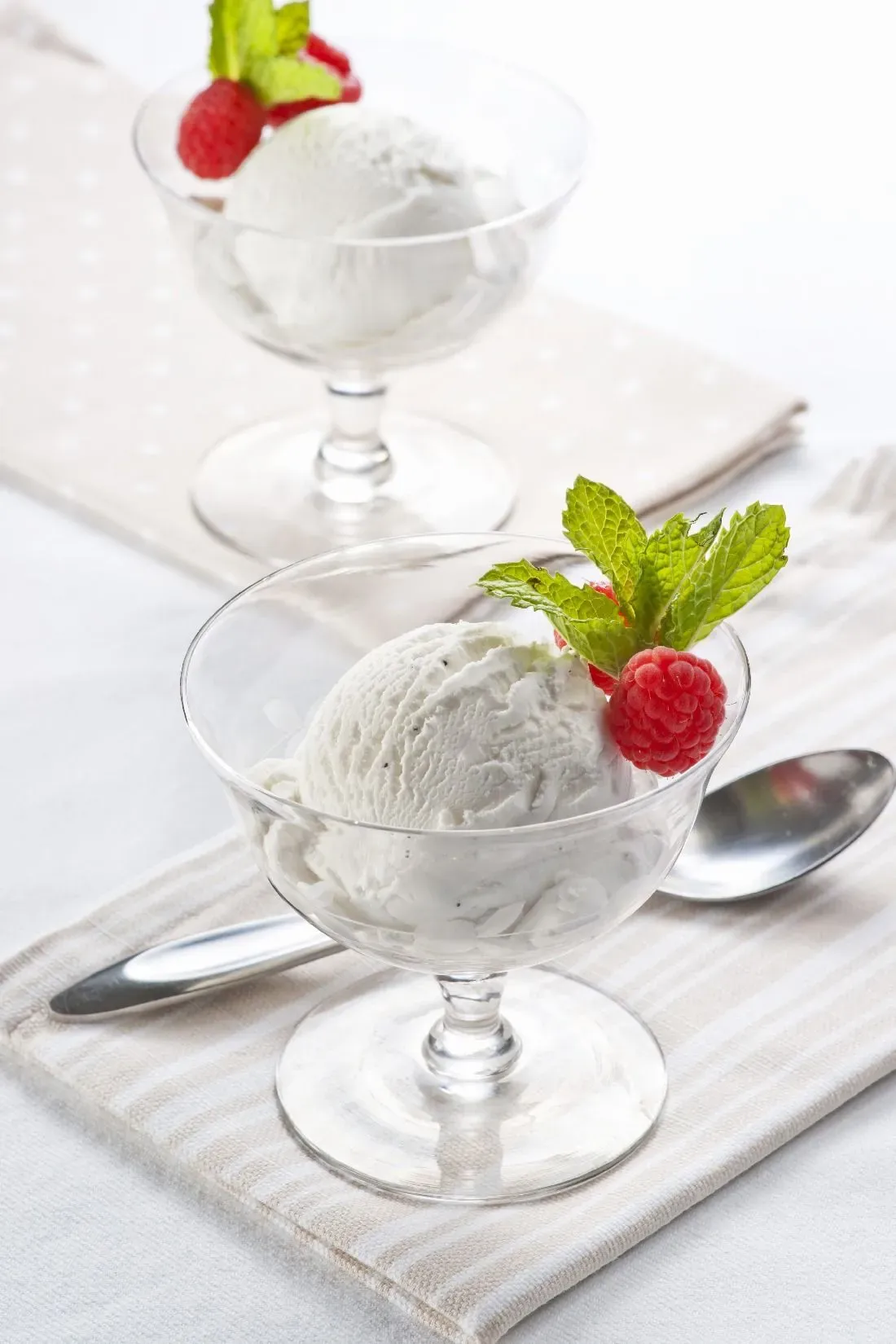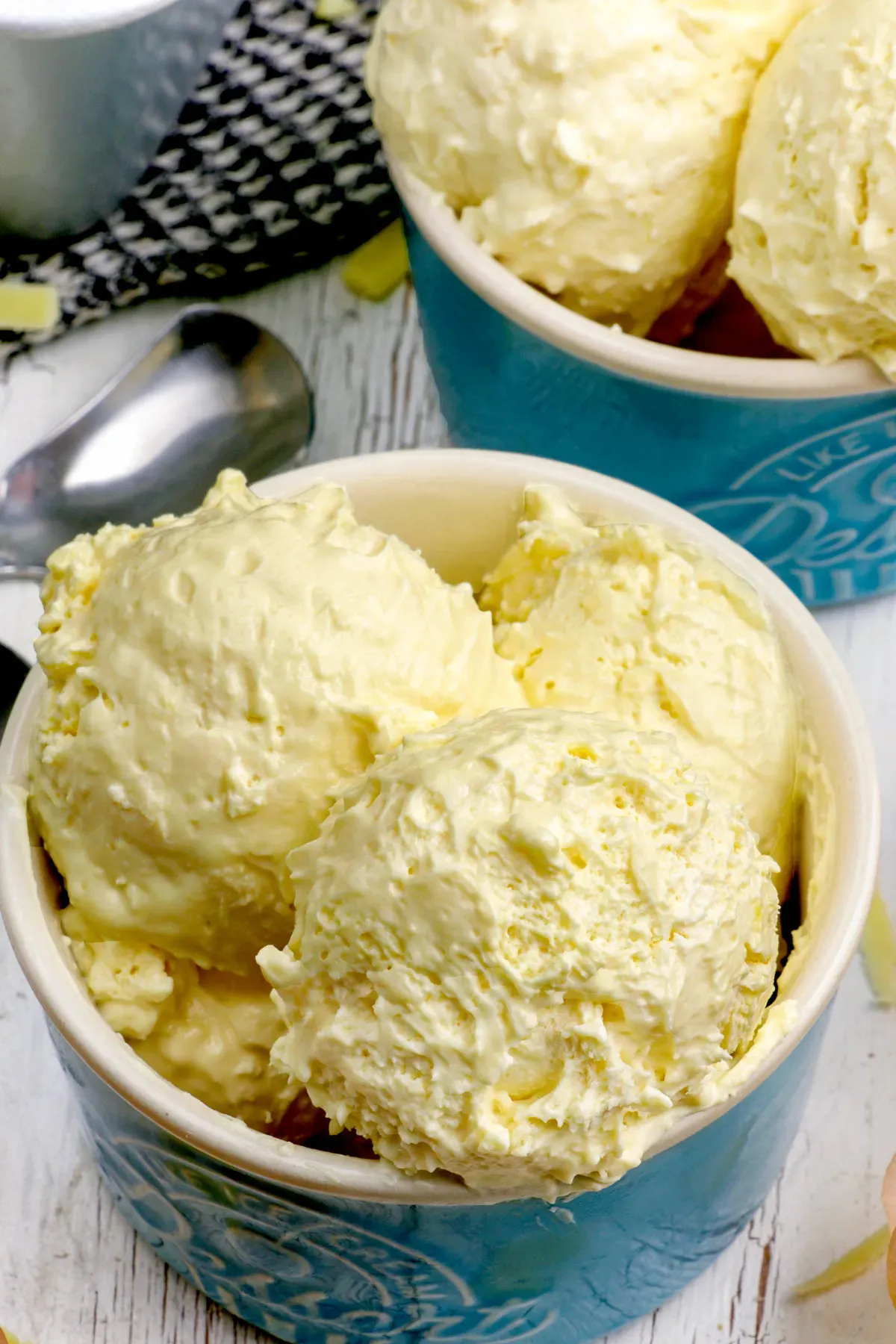Table of Contents
hold up. Cheese? In ice cream? It sounds a little… wrong, doesn't it? Like putting socks on a cat or pineapple on a pizza (yeah, I said it). Most folks picture ice cream as a sweet escape, maybe loaded with chocolate chips or swirls of caramel. Cheese usually stays firmly in the savory camp, mingling with crackers or melting on a burger. But what if I told you there's a whole world of deliciousness waiting when you dare to combine the two?
Cream Cheese Ice Cream: Why You Need to Try It
Cream Cheese Ice Cream: Why You Need to Try It
Beyond Vanilla: The Flavor That Keeps You Guessing
Look, we've all had vanilla. It's fine. It's the reliable friend who always shows up but never brings the party. Cream cheese ice cream, on the other hand, is the friend who shows up with a weirdly fascinating story and a bottle of something you've never heard of. It doesn't just taste sweet. There's this subtle tang, a slight acidity that cuts through the richness in a way straight sugar can't. It's less cloying, more complex. It makes your taste buds do a little dance, trying to figure out what's going on. It’s got that signature creamy texture you expect from a good scoop, but the cream cheese adds a density, a luxuriousness that feels substantial without being heavy.
More Than Just a Scoop: It's a Dessert Game Changer
Thinking cream cheese ice cream is just for cones is like thinking a hammer is only for nails. Sure, it does that job well, but the real magic happens when you get creative. This stuff is a secret weapon in your dessert arsenal. Ever had cheesecake? Imagine that flavor, frozen and ready to melt over warm pie. Picture a scoop perched atop a stack of pancakes or waffles, the tang meeting the sweet syrup. It pairs ridiculously well with berries, especially tart ones like raspberries or blackberries. It’s the perfect counterpoint to something rich like a chocolate lava cake. This isn't just ice cream; it's an ingredient that elevates whatever it touches.
- It's got a unique sweet-and-tangy flavor profile.
- The texture is incredibly rich and creamy.
- It makes regular ice cream feel a bit... basic.
- Pairs beautifully with fruit, pie, cake, and more.
- It's a conversation starter at any dessert table.
Gather Your Gear: Ingredients and Equipment for Ice Cream Cheese
Gather Your Gear: Ingredients and Equipment for Ice Cream Cheese
The Usual Suspects (Plus One Star)
let's talk ingredients. You're not going to need anything you can't find at your average grocery store, thankfully. No foraging for exotic berries or sourcing milk from a specific, grumpy cow. You'll start with the standard ice cream base players: milk (whole milk gives you the best richness), cream (heavy cream, obviously, this isn't diet food), sugar (plain old granulated is fine), and egg yolks (they provide structure and that luxurious, creamy texture). But the real headliner, the ingredient that makes this whole thing work, is the cream cheese. Use the full-fat block kind, not the whipped stuff in a tub. It needs that density and tang. Make sure it's softened to room temperature; nobody wants lumpy ice cream.
Tools of the Trade (No, Not a Chainsaw)
Making ice cream cheese at home does require a couple of specific tools, but they're pretty standard for anyone venturing into frozen dessert territory. First and foremost, you absolutely need an ice cream maker. Whether it's the kind with a frozen bowl you store in the freezer, or one with a built-in compressor (fancy!), you need something to churn and freeze the mixture properly. Trying to just freeze the base will give you a solid block of ice, not scoopable magic. A good sturdy whisk is essential for combining the egg yolks and sugar, and a saucepan is needed to gently heat the base. You'll also want a fine-mesh sieve to strain the custard base – this catches any bits of cooked egg and ensures a silky smooth texture.
- Full-fat cream cheese (softened)
- Whole milk
- Heavy cream
- Granulated sugar
- Egg yolks
- Vanilla extract or vanilla bean paste (optional, but recommended)
- Ice cream maker
- Saucepan
- Whisk
- Fine-mesh sieve
Churning Magic: Making Your Cream Cheese Ice Cream StepbyStep
Churning Magic: Making Your Cream Cheese Ice Cream StepbyStep
The Custard Base: Where the Magic Begins
Alright, let's get down to the actual making of this ice cream cheese. The first big step is creating your custard base. This is where the egg yolks, sugar, milk, and heavy cream come together to form that rich foundation. You'll whisk those egg yolks and sugar together until they're light and pale – think lemon-yellow, not traffic-cone orange. Meanwhile, gently heat the milk and cream in a saucepan until it's steaming but not boiling. This is important: you don't want scrambled eggs in your ice cream base. Once the milk mixture is hot, you'll temper the egg yolks. This means slowly whisking a small amount of the hot liquid into the egg mixture to gradually raise their temperature, preventing them from curdling when you add them to the rest of the hot milk. It's a classic technique, a bit fussy, but crucial for a smooth result.
After tempering, pour the egg mixture back into the saucepan with the remaining milk and cream. Stir constantly over low heat until the custard thickens enough to coat the back of a spoon. Don't let it boil! If you see bubbles, pull it off the heat immediately. This usually takes about 5-10 minutes. Once it's thickened, remove it from the heat and stir in your softened cream cheese and vanilla. Whisk until everything is smooth and completely combined. This is where the "ice cream cheese" part really comes into its own. Strain the mixture through that fine-mesh sieve into a clean bowl to catch any stray bits, cover it, and chill it thoroughly in the refrigerator. This chilling period is non-negotiable – it needs at least 8 hours, but 24 is even better, to get really cold and for the flavors to meld. Patience, my friend, is key to good ice cream.
Serving & Storing Your Homemade Ice Cream Cheese
Serving & Storing Your Homemade Ice Cream Cheese
Scooping Up Happiness: Best Ways to Serve Ice Cream Cheese
so you've gone through the chilling and churning. You've got a batch of glorious, slightly-tangy, super-rich ice cream cheese sitting there. Now what? Don't just grab a plain old cone, though that works in a pinch. This stuff deserves a little fanfare. Think about what plays well with that creamy tang. Berries are a no-brainer – a handful of fresh raspberries or sliced strawberries adds brightness and a little tartness that makes the ice cream sing. A warm slice of apple pie or a dense brownie gets a serious upgrade with a scoop melting on top. Or, lean into the cheesecake vibe and serve it alongside graham cracker crumbs and a drizzle of berry compote. It’s versatile, trust me.
The Waiting Game: Letting it Harden Properly
You've just churned your ice cream cheese, and it looks soft, maybe a bit like thick soft-serve. Resist the urge to just dive in with a spoon right away. It needs time to firm up properly in the freezer. Transfer it from the ice cream maker canister into an airtight container. Press a piece of parchment paper or plastic wrap directly onto the surface of the ice cream to prevent ice crystals from forming – this is a crucial step for maintaining that smooth texture. Then, pop it into the coldest part of your freezer. Give it at least four hours, preferably longer, to harden to that perfect scoopable consistency. Trying to scoop too early results in a melty mess, and nobody wants that after all your hard work.
- Transfer immediately to an airtight container.
- Press plastic wrap or parchment onto the surface.
- Freeze for at least 4 hours to harden.
- Store in the coldest part of your freezer.
Keeping it Fresh: Storing Your Ice Cream Cheese
So, how long will this magical ice cream cheese last? Assuming it's in a good airtight container and stored consistently in the freezer, it should keep well for up to two weeks. After that, the texture might start to degrade a bit, potentially getting icier. The key is preventing temperature fluctuations, which cause those pesky ice crystals. Don't leave it out on the counter for long periods or store it in the freezer door, which is the warmest spot. If you notice it getting a little hard over time, letting it sit on the counter for a few minutes before scooping can help. If it gets freezer-burned, well, that's a tragedy, but usually preventable with proper storage. Enjoy it while it's at its best – which, let's be honest, probably won't be longer than a week anyway.
Give Ice Cream Cheese a Spin
So, there you have it. The idea of ice cream cheese might raise an eyebrow or two at first glance. It's not your grandma's classic scoop, that's for sure. But stepping outside the usual dessert box can sometimes lead to the most interesting results. The tang of the cream cheese cuts through the sweetness in a way that makes each spoonful feel a little more complex, a little more grown-up. It's rich, it's creamy, and it’s definitely a conversation starter. If you've got an ice cream maker gathering dust or just feel like trying something genuinely different, this is a solid contender. Worst case? You learn you prefer plain old vanilla. Best case? You find your new favorite frozen treat.
